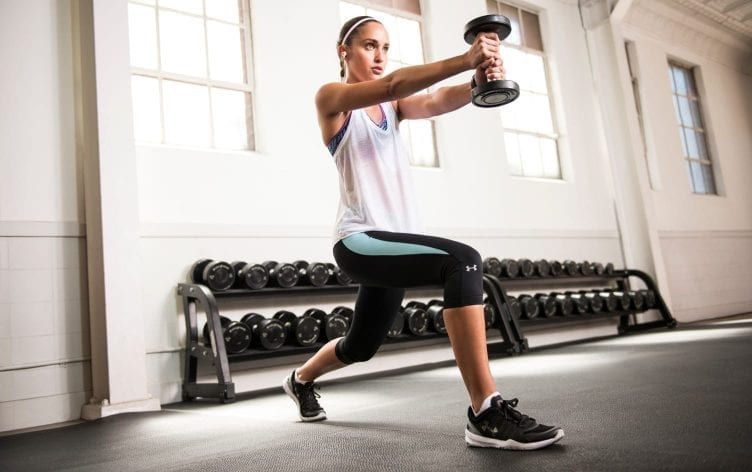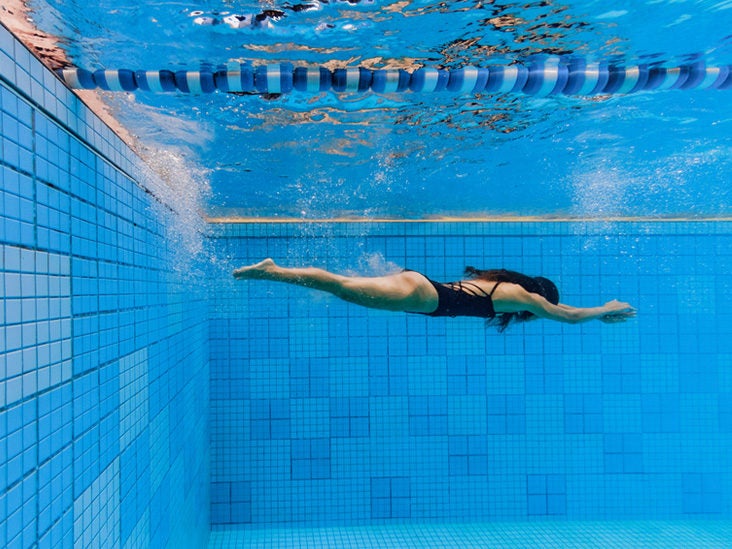TOP 8 EXERCISES FOR WEIGHT LOSS
1.WALKING
WALKING is one of the best exercises for weight loss — and for good reason.
It’s convenient and an easy way for beginners to start exercising without feeling
overwhelmed or needing to purchase equipment. Also, it’s a lower-impact exercise,
meaning it doesn’t stress your joints.
According to Harvard Health, it’s estimated that a 155-pound (70-kg) person burns
around 167 calories per 30 minutes of walking at a moderate pace of 4 mph (6.4
km/h)
- It’s easy to fit walking into your daily routine. To add more steps to your day, try
walking during your lunch break, taking the stairs at work, or taking your dog for
extra walks.
- To get started, aim to walk for 30 minutes 3–4 times a week. You can gradually
increase the duration or frequency of your walks as you become more fit.
2. Jogging or Running
- jogging and running are great exercises to help you lose weight.
- Although they seem similar, the key difference is that a jogging pace is generally
between 4–6 mph (6.4–9.7 km/h), while a running pace is faster than 6 mph (9.7
km/h).
- Harvard Health estimates that a 155-pound (70-kg) person burns approximately 298
calories per 30 minutes of jogging at a 5-mph (8-km/h) pace, or 372 calories per 30
minutes of running at a 6-mph (9.7-km/h) pace.
- What’s more, studies have found that jogging and running can help burn harmful visceral fat, commonly known as belly fat. This type of fat wraps around your internal organs and has been linked to various chronic diseases like heart disease and diabetes.
- Both jogging and running are great exercises that can be done anywhere and are easy to incorporate into your weekly routine. To get started, aim to jog for 20–30
minutes 3–4 times per week.
- If you find jogging or running outdoors to be hard on your joints, try running on softer surfaces like grass. Also, many treadmills have built-in cushioning, which may be easier on your joints.
3.Cycling
cycling is a popular exercise that improves your fitness and can help you lose
weight.
Although cycling is traditionally done outdoors, many gyms and fitness centers have
stationary bikes that allow you to cycle while staying indoors.
Harvard Health estimates that a 155-pound (70-kg) person burns around 260
calories per 30 minutes of cycling on a stationary bike at a moderate pace, or 298
calories per 30 minutes on a bicycle at a moderate pace of 12–13.9 mph (19–22.4
km/h).
Not only is cycling great for weight loss, but studies have found that people who
cycle regularly have better overall fitness, increased insulin sensitivity, and a lower
risk of heart disease, cancer, and death, compared with those who don’t cycle
regularly.
Cycling is great for people of all fitness levels, from beginners to athletes. Plus, it’s a
non-weight-bearing and low-impact exercise, so it won’t place much stress on your
joints.
4. Weight training
Weight training is a popular choice for people looking to lose weight.
According to Harvard Health, it’s estimated that a 155-pound (70-kg)
a person burns roughly 112 calories per 30 minutes of weight training
Also, weight training can help you build strength and promote muscle
growth, which can raise your resting metabolism rate (RMR), or how many
calories your body burns at rest.
One 6-month study showed that simply doing 11 minutes of strength-based
exercises 3 times per week resulted in a 7.4% increase in metabolic rate,
on average. In this study, that increase was equivalent to burning an
additional 125 calories per day.
Another study found that 24 weeks of weight training led to a 9% increase
in metabolic rate among men, which equated to burning approximately 140
more calories per day. Among women, the increase in metabolic rate was
nearly 4% or 50 more calories per day.
In addition, numerous studies have shown that your body continues to burn
calories many hours after a weight-training workout, compared with aerobic
exercise.
Summary-Weight training can help you lose weight by burning calories
during and after your workout. It may also help you build muscle mass,
which raises your resting metabolic rate — the number of calories your
body burns at rest.
5.Interval training
interval training, more commonly known as (HIIT) (high-intensity interval
training) is a broad term that refers to short bursts of intense exercise that
alternate with recovery periods.
Typically, a HIIT workout lasts 10–30 minutes and can burn a lot of
calories.
One study in 9 active men found that HIIT burned 25–30% more calories
per minute than other types of exercises, including weight training, cycling,
and running on a treadmill.
That means HIIT can help you burn more calories while spending less time
exercising.
Furthermore, numerous studies have shown that HIIT is especially effective
at burning belly fat, which is linked to many chronic diseases.
HIIT is easy to incorporate into your exercise routine. All you need to do is
choose a type of exercise, such as running, jumping, or biking, and your
exercise and rest times.
For example, pedal as hard as you can on a bike for 30 seconds followed
by pedaling at a slow pace for 1–2 minutes. Repeat this pattern for 10–30
minutes.
Summary-Interval training is an effective weight loss strategy that can be
applied to many types of exercises, including running, jumping, biking, and
more. Incorporating interval training into your routine can help you burn
more calories in less time.
6. Swimming
Swimming is a fun way to lose weight and get in shape.
Harvard Health estimates that a 155-pound (70-kg) person burns
approximately 233 calories per half hour of swimming.
How you swim appears to affect how many calories you burn. Per 30
minutes, a 155-pound (70-kg) person burns 298 calories doing the backstroke,
372 calories doing the breaststroke, 409 calories doing the butterfly, and 372
calories treading water.
One 12-week study in 24 middle-aged women found that swimming for 60
minutes 3 times per week significantly reduced body fat, improved
flexibility, and reduced several heart disease risk factors, including high.
Another advantage of swimming is its low-impact nature, meaning that it’s
easier on your joints. This makes it a great option for people who have
injuries or joint pain.
7.Yoga
Yoga is a popular way to exercise and relieve stress.
While it’s not commonly thought of as a weight loss exercise, it burns a fair
amount of calories and offers many additional health benefits that can
promote weight loss.
Harvard Health estimates that a 155-pound (70-kg) person burns around
149 calories per 30 minutes of practicing yoga.
A 12-week study in 60 women with obesity found that those who
participated in two 90-minute yoga sessions per week experienced greater
reductions in waist circumference than those in the control group — by 1.5
inches (3.8 cm), on average.
Additionally, the yoga group experienced improvements in mental and
physical well-being.
Aside from burning calories, studies have shown that yoga can
teach mindfulness, which can help you resist unhealthy foods, control
overeating, and better understand your body's hunger signals.
Most gyms offer yoga classes, but you can practice yoga anywhere. This
includes from the comfort of your own home, as there are plenty of guided
tutorials online.
8.Pilates
- Pilates is a great beginner-friendly exercise that may help you lose weight.
According to a study sponsored by the American Council on Exercise, a
a person weighing around 140 pounds (64 kg) would burn 108 calories at a
30-minute beginner’s Pilates class, or 168 calories at an advanced class of
the same duration.
Although Pilates may not burn as many calories as aerobic exercises like
running, many people find it enjoyable, which makes it easier to stick to
overtime.
An 8-week study in 37 middle-aged women found that performing Pilates
exercises for 90 minutes 3 times per week significantly reduced waist,
stomach, and hip circumference, compared with a control group that did no
exercise over the same period.
Other than weight loss, Pilates has been shown to reduce lower back
pain and improve your strength, balance, flexibility, endurance, and overall
fitness level.
If you’d like to give Pilates a go, try incorporating it into your weekly routine.
You can do Pilates at home or one of the many gyms that offer Pilates
classes.
To further boost weight loss with Pilates, combine it with a healthy diet or
other forms of exercise, such as weight training or cardio.









Comments
Post a Comment